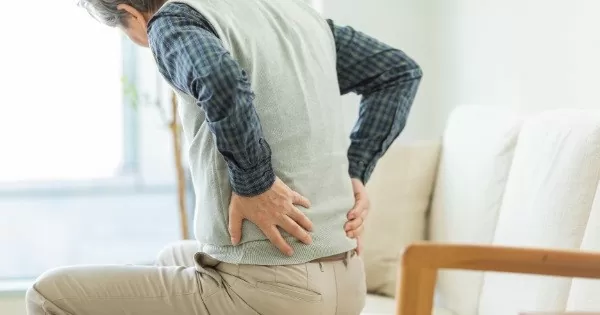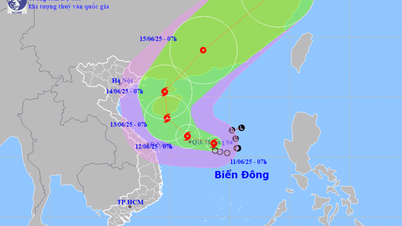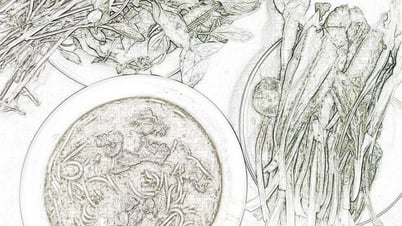When it's cold, atmospheric pressure also drops and affects the tissues in the body, causing them to expand and causing joint pain when we move.
 |
| Elderly people often experience joint pain at home when it's cold. (Source: acc.vn) |
Associate Professor, Dr. Nguyen Thi Kim Lien, Head of Rehabilitation Department - Viet Duc Friendship Hospital said that joint pain can appear more often in cold weather.
Why does cold weather cause joint pain?
When it's cold, atmospheric pressure also drops and affects the tissues in the body, causing them to expand and causing joint pain when we move.
Cold weather also makes the fluid in the joints thicker and causes stiffness, joint pain, and reduced mobility.
In addition, there are some reasons why you have joint pain in cold weather such as: lack of exercise, not drinking enough water, unscientific diet, seasonal mood changes...
The joints that often ache are the middle joints, knee joints, cervical spine or spinal pain... So how to reduce joint pain in cold weather?
 |
| Associate Professor, Dr. Nguyen Thi Kim Lien, Head of Rehabilitation Department - Viet Duc Friendship Hospital. (Source: SK&DS) |
How to reduce joint pain at home
One of the important factors to help reduce joint pain is to keep the body warm enough combined with diet and exercise. Here are ways to reduce joint pain at home.
Warm up the body:
If you have joint pain, you should first try warming up your body with items available at home such as blankets, heating pads, air conditioning, heaters, etc. to help keep your body warm.
You need to pay attention to keeping warm for some special areas such as: ankles, wrists, joints and do not go barefoot. If you let your body get cold, the first area to lose heat is the limbs. Therefore, you need to wear socks and gloves to keep your limbs warm.
If you stay at home, you should wear slippers and when you go out, you should wear shoes or boots to protect your feet. You should also note that when it is cold, you should bathe with warm water and bathe in a place protected from the wind.
Maintain daily exercise:
In cold weather, patients can maintain their exercise with gentle exercises and should not exercise too hard as it will have a negative impact on bones and joints. Some recommended exercises in cold weather are: yoga, stretching exercises, spinal stretching, pilates...
Have a proper diet:
In addition to keeping your body warm and exercising, diet also plays an important role in helping to reduce joint pain. You need to remember to drink enough water, avoid waiting until you are thirsty to drink.
In addition, it is necessary to supplement foods such as green vegetables and fruits to help provide vitamins and minerals for the body.
Limit eating fried and greasy foods, do not eat too much red meat or processed foods, do not use stimulants such as alcohol, tobacco, etc. If you are overweight or obese, you need to lose weight to have a reasonable BMI.
If you are at home and have joint pain, try moving around the house to warm up. Movement will help promote better blood circulation and make you feel warmer. Or use warm compresses such as mugwort to apply to the painful joints. However, this method does not apply to cases of inflammation.
If you go out in cold weather, you should wear many layers of clothing to limit your skin's exposure to cold temperatures. If you go out in the rain, you should wear waterproof and windproof clothing because your body will lose heat very quickly if you get wet.
In addition, patients need to improve their mental health by having reasonable relaxation time as well as always thinking positively and optimistically. If your joint pain does not improve, you should go to a medical facility for examination and find the cause. Because joint pain can also be a warning sign of some diseases such as gout, osteoporosis, rheumatoid arthritis...
Source





































































































Comment (0)